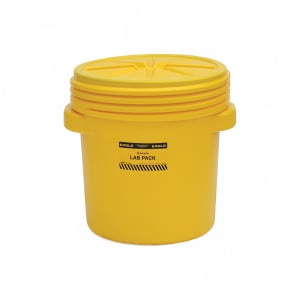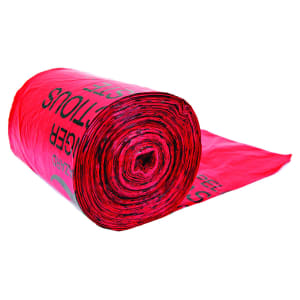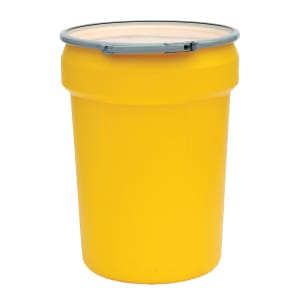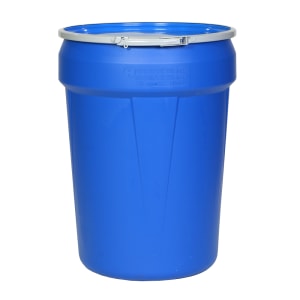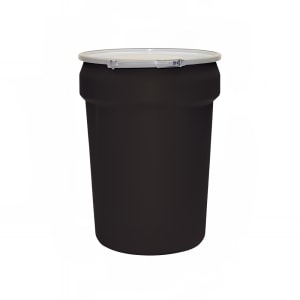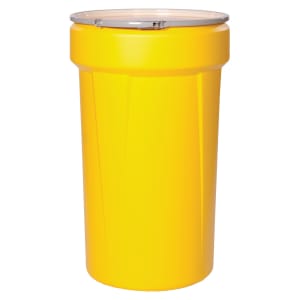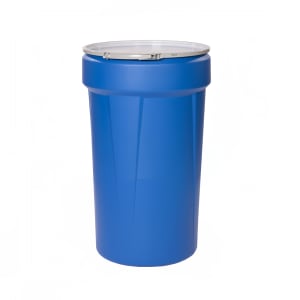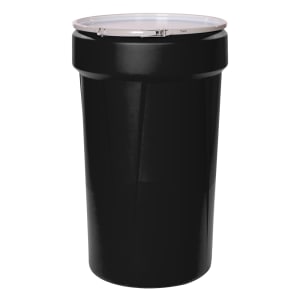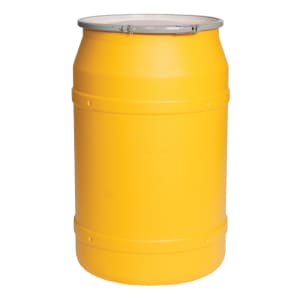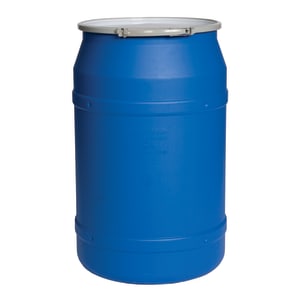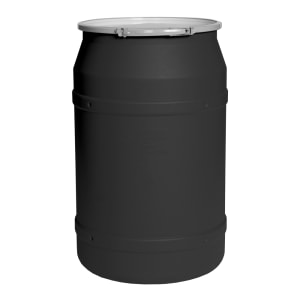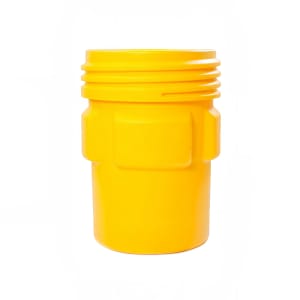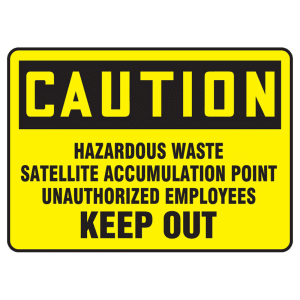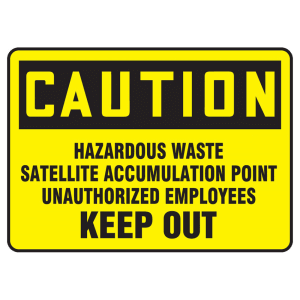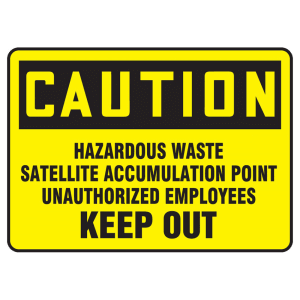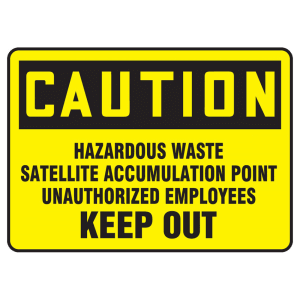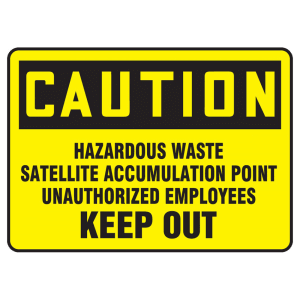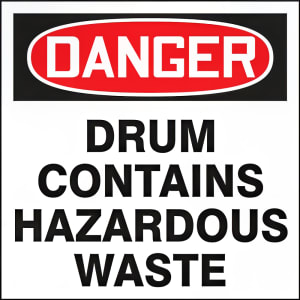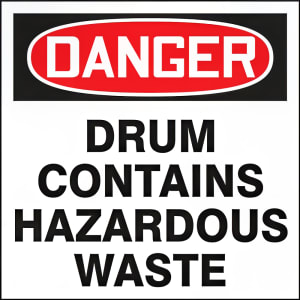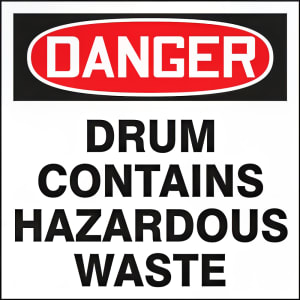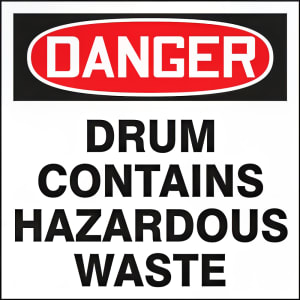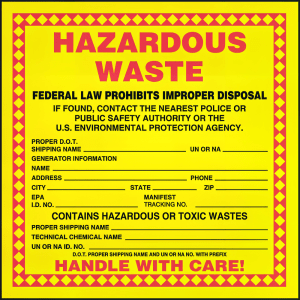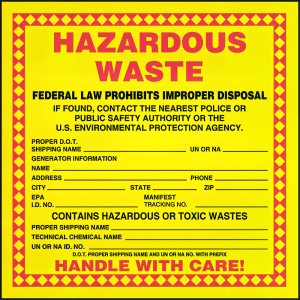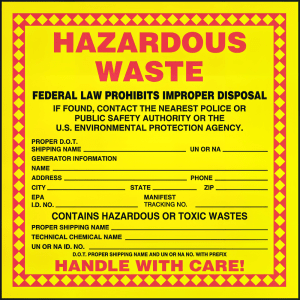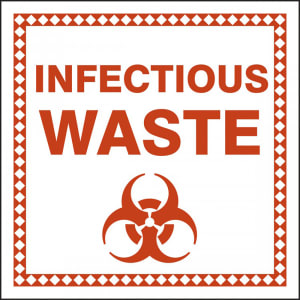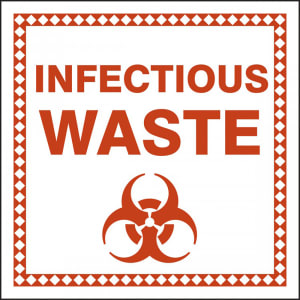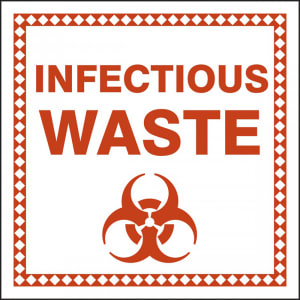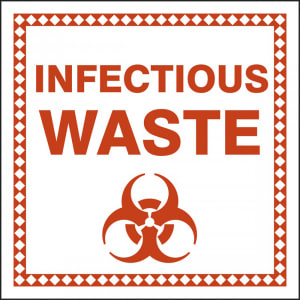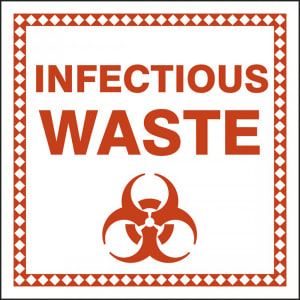Biohazard Containers
Biohazard waste containers are tougher, safer versions of standard garbage bins, accessorized with additional safety precautions. More
Biohazard Trash Cans: What You Need to Know
Biohazard waste bins are necessary in any healthcare facility because potentially contaminated medical waste must be kept out of contact with other patients and workers. Almost every medical procedure, even a minor one, is going to produce medical waste that needs to be disposed of. Throat or nasal swabs, syringes, thermometer covers, and other diagnostic tools must be discarded safely since they could potentially be contaminated by a sick patient.
Purchasing the proper biohazard waste containers not only protects your employees, but it also shows the medical workers at your establishment that you're serious about safeguarding their health. Medical waste containers have several key features that set them apart from a residential trash can, all of which prevent certain potential avenues of microbial transmission.
Common Questions About Biohazard Containers
What makes a biohazard container different?
Biohazard trash cans are significantly more expensive than similarly sized standard garbage cans but for good reason. They sport several features that protect both medical and janitorial staff from potential exposure to hazardous medical waste. First off, medical waste containers are made of sturdier material than standard cans, with metal – usually stainless steel – replacing the plastic you may be familiar with. This prevents potential punctures and degradation that could create an unsafe leak in the can, exposing the quarantined waste to air.
Second, most biohazard containers have a foot-operated lid, meaning the operator doesn't have to touch the can with their hands. This means a user with medical waste in their hands won't have to set it down and contaminate another surface to open the can. It also removes a contact point from the workplace; medical professionals repeatedly touching the lid to open it could present a contamination threat. These foot-operated lids are also made from the same sturdy stainless steel that comprises the rest of the can, which means they won't wear out as quickly as plastic options might.
These medical waste bins are also marked with hazard stickers that broadcast to everyone around them to be careful with handling the can and its contents. This ensures that everyone who has to handle the can knows exactly what type of waste they're dealing with and will thus use the appropriate procedures.
Sound-dampening properties are important in healthcare settings, as well. With many patients needing lots of sleep to combat their medical issues, a constantly banging metal trash container could be more than just annoying. Especially considering that many medical facilities work around the clock, noise-dampening trash cans may help patients sleep through the night, even though work is going on down the hall. This is also true in assisted living facilities, nursing homes, and any other establishment where people may need peace and quiet.
Do I need special waste bags?
On top of providing the right biohazard containers, operators should also have the right liner bags. These extra-tough liner bags are made to contain hazardous materials without the same fail rate as normal trash bags. They're typically made of high-strength plastics, which offer remarkable vigor without being heavy. Considering the materials these waste bags will be holding, operators need to do everything possible to prevent them from spilling or being dropped; lightweight bags can help prevent this from occurring.

